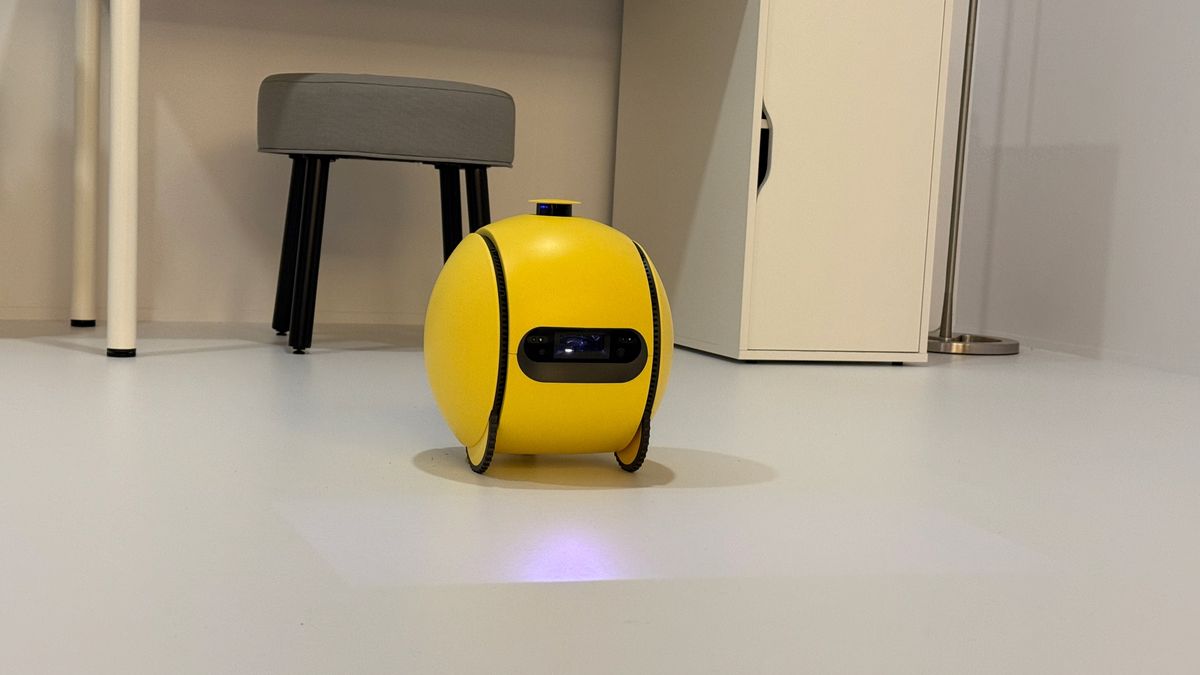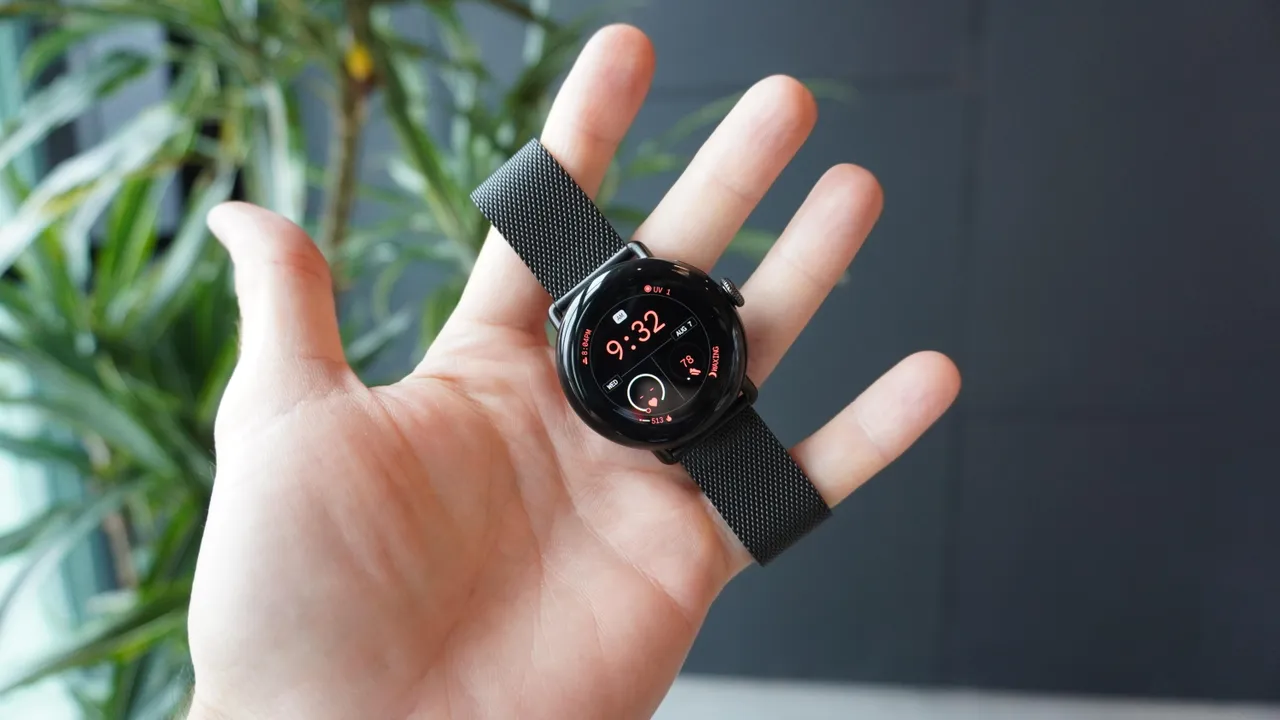NASA has rescheduled the launch of its CYGNSS or the Cyclone Global Navigation Satellite System spacecraft to December 15. The launch will take place at 8:26 a.m. EST, which is 6:56 PM as per Indian timing. The launch will happen from Cape Canaveral Air Force Station in Florida. Earlier, the launch was scheduled to happen on Monday but it was aborted due to software issues.
Today, viewers can watch the live commentary of the launch from the NASA Kennedy Space centre and will be carried live on the NASA Television and the agency’s website. A brief background of the weather monitoring satellite which will be looking on how the hurricanes are formed and how they behave will be broadcasted.
The Orbital Sciences ATK air-launched Pegasus XL launch vehicle will be carrying onboard the CYGNSS, and the rocket is scheduled for deployment at 8.25 a.m. over the Atlantic Ocean from the Orbital’s L-1011 carrier aircraft.
A hitch in the release system of the L-1011 Stargazer, which is composed of a hydraulic system which releases the Pegasus rocket from the carrier aircraft, delayed the launch. The system worked perfectly during the pre-flights of the aircraft.
The launch has been scheduled for Wednesday so that replacement L-1011 aircraft carrier components arrive from Mojave; California could be installed.
The CYGNSS is composed of a constellation of eight small satellites which will be carried to orbit by a single launch vehicle. The microsatellites will receive direct signals as well as reflected signals from GPS satellites. Direct signals will help to pinpoint the systems observatory positions while the reflected signals will depend upon ocean surface roughness and from it the wind speed can be calculated.
The satellite system will try to understand the relationship between radiation and convective dynamics, ocean surface properties, moist atmospheric thermodynamics, to find out how a tropical cyclone is formed and whether it will intensify or weaken. This will help in warning and tracking of the storm. It will also help researchers and weather scientists to understand air and sea interaction processes which are believed to happen in the eye or the core of a storm.








